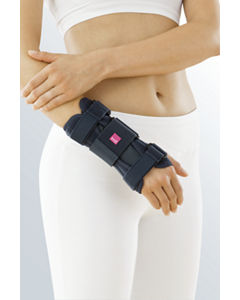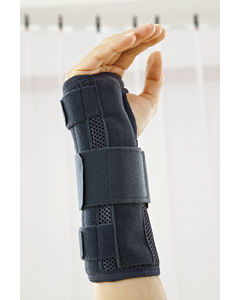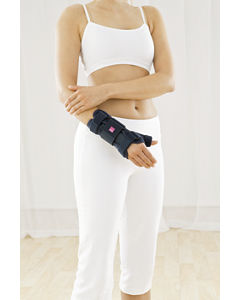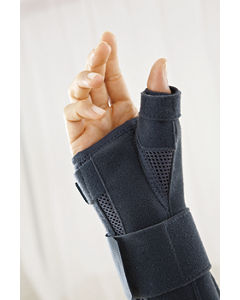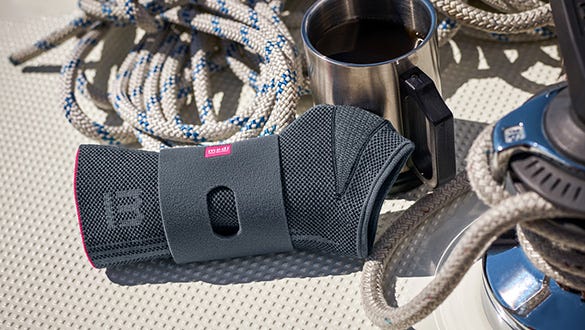- Free First Class Delivery
- Buyer Protection
- Secure Online Shopping
- Healthcare Professional? Click here
Tenosynovitis


Categories
Tenosynovitis is otherwise known as tendon sheath inflammation. These sheaths are like tunnels that cover the tendons. They produce synovial fluid to keep the tendons lubricated. If this becomes inflamed due to persistent overstrain, a dragging pain develops along the tendon. Inflammatory joint disorders, such as arthritis, gout, etc, can also cause the symptoms. The tendons of the wrist are affected most often. However, the symptoms can occur in any tendons that run through a tendon sheath. As a rule, inflammation of the tendon sheath is not caused by an infection but is the result of repetitive overstrain.
How does the inflammation start?
Tendon sheaths protect the tendons from wearing down or from being exposed to excessive friction. The inside of the sheath is lined with synovial fluid. This enables the tendon to glide smoothly.
If this protective system is over worked – for instance, by too much sport or monotonous PC work – the tendon sheath becomes inflamed. The affected area hurts, swells up and is often red.
Signs and symptoms
The main symptom is severe recurrent twinges of pain. At first, the symptoms occur when the joint is moved, later it also hurts at rest. The symptoms will worsen if not rested or immobilised. Pressing on the affected site is painful. You may also hear a grating noise when you move the joint.
Prevention
It is best to avoid repetitive movements and set up an ergonomic computer workstation. If neither of these is possible at work, then make sure you take regular breaks.
How can tenosynovitis be treated?
Anyone who has tenosynovitis, tends to keep their hand and arm automatically still. And that's exactly what doctors also recommend that their patients should do.
Acute tenosynovitis generally lasts a few days. Occasionally it becomes chronic and does not clear up for weeks or months.
Cooling and painkillers
If the affected site is swollen and red, a cold compress can relieve the symptoms. Painkillers that simultaneously relieve the inflammation help in the case of severe pain.
Supports and orthoses
In addition to cold compresses and painkillers, supports or wrist orthoses can help immobilize the joint
Supports and orthoses from medi
Aftercare
Once the inflammation has resolved, the wrist can be used again. It is advisable to speak with a physiotherapist to help advise you how to avoid overworking it again in the future.

